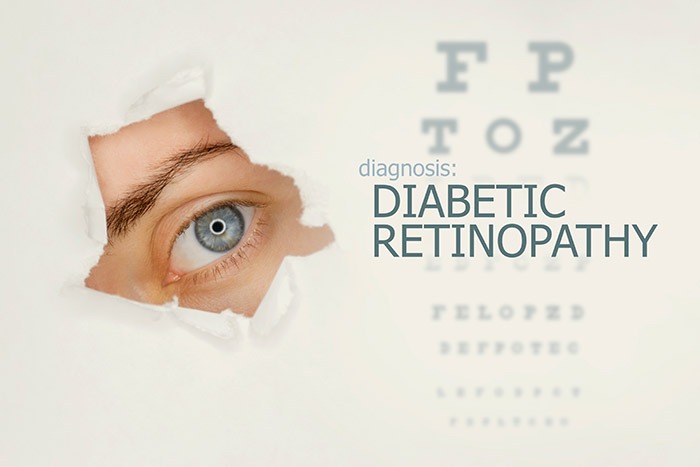Damage to the retina in the eye is one of the most common complications of diabetes. Prolonged high blood sugar damages blood vessels throughout the body, and the retina—also known as the optic nerve—is no exception. Unchecked, diabetic retinopathy can lead to vision loss and blindness.
Bannister Center for Rehabilitation and Nursing has details on the risks and treatments for diabetic retinopathy.
- Early Signs Are Tough to Detect
The condition may be progressing without any symptoms at first. Then, they can mimic typical eye problems like having trouble reading small print or seeing distances. But one difference is that diabetic retinopathy can cause these vision problems to come and go.
- Signs Can Become More Severe as the Disease Progresses
Damaged blood vessels can begin to bleed into the center of the eye, causing floating dark spots or streaks. Blurred vision, dark spots in the center of your field of vision, and difficulty seeing at night are symptoms of this.
- Get Regular Exams
Regular eye exams can catch this condition while it can still be treated. Your risk of developing it also increases the longer you have diabetes. Early treatment can stop the damage in its tracks and save your eyesight.
- Ways You Can Lower Your Risk
If you are diabetic, you can reduce the risk of developing diabetic retinopathy by controlling your blood sugar, blood pressure, and cholesterol. Also be sure that you are physically active, eat a healthy diet, avoid alcohol and tobacco products, and take your diabetes medication as prescribed.
To learn more about Bannister Center for Rehabilitation and Nursing and all of the services they offer, visit http://bannister-center.facilities.centershealthcare.org.






